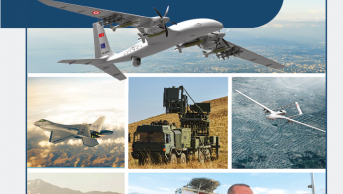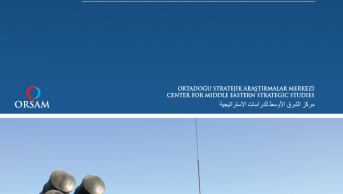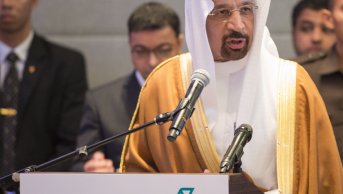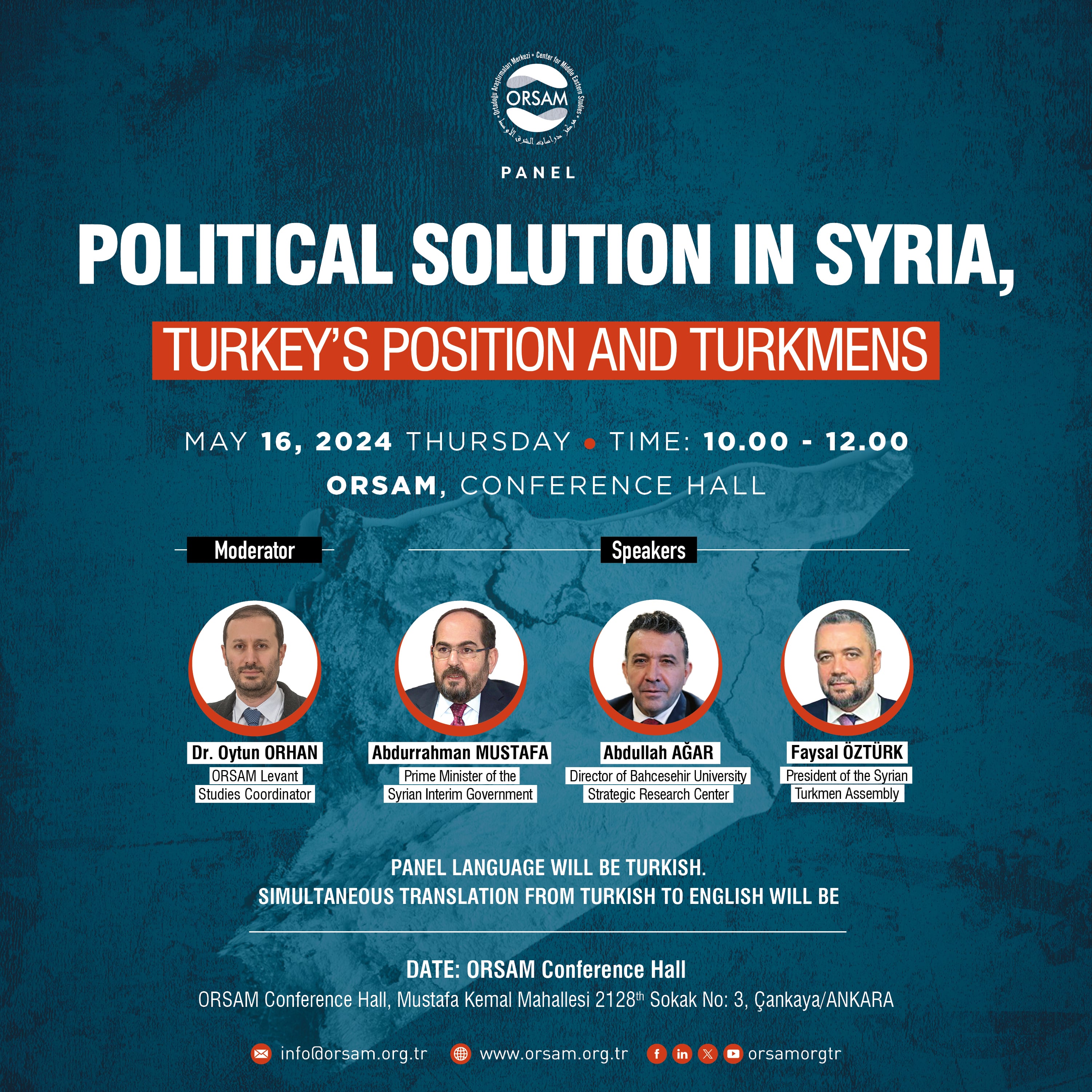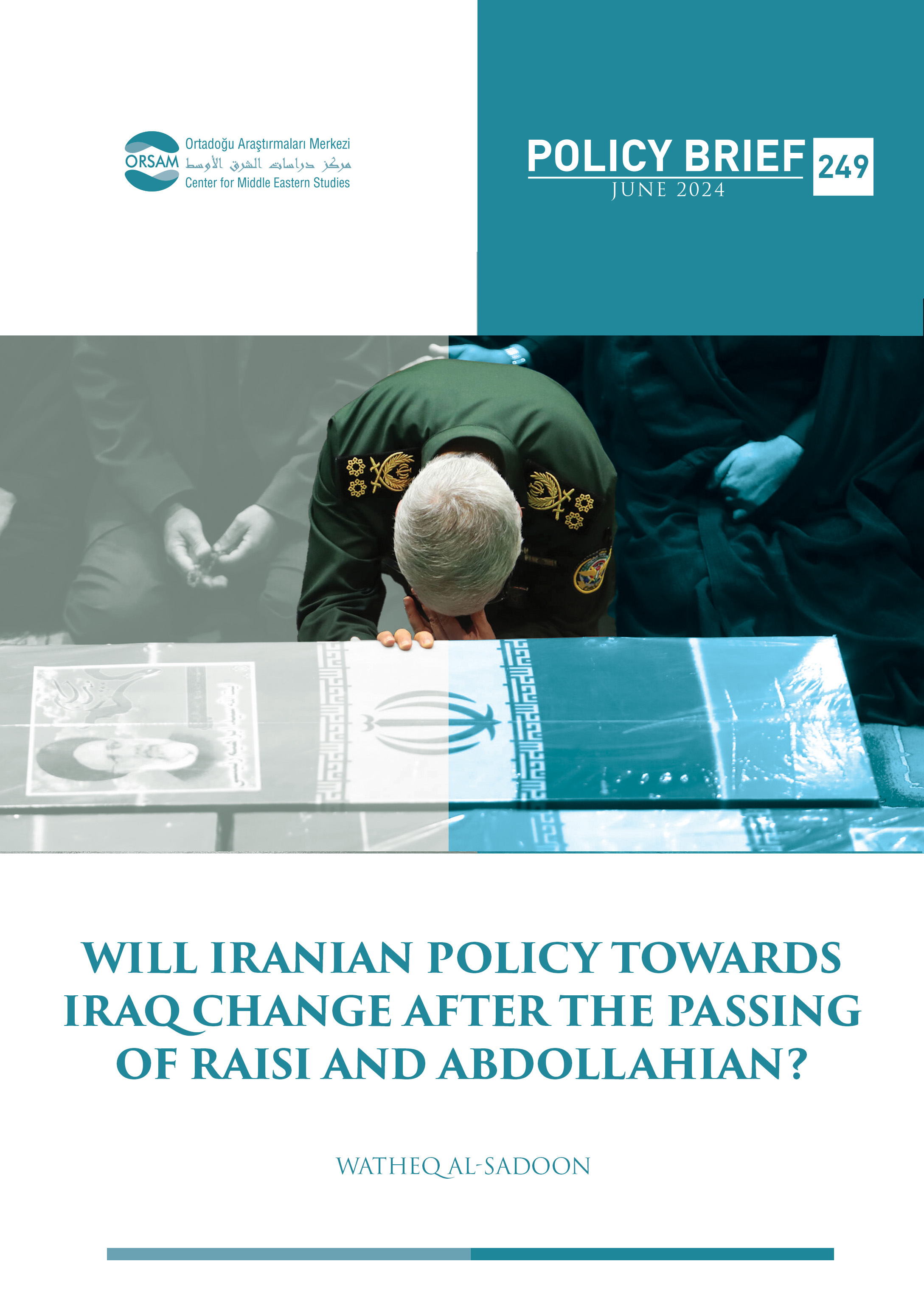Defense Relations of the United Stateswith The Gulf States in The Onset of a New Era
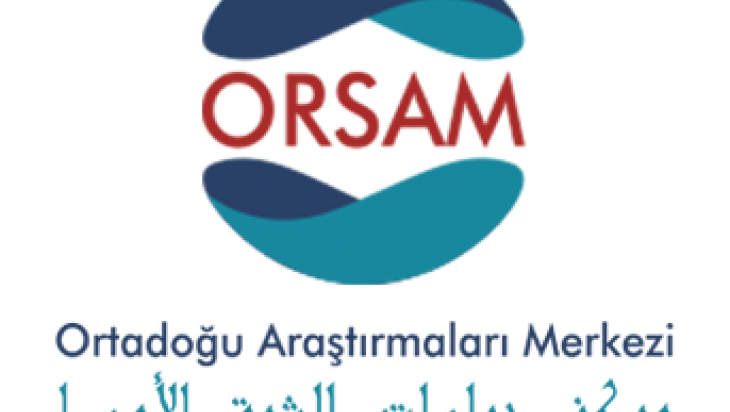
President of the U.S. Barack Obama is poised to transfer power to the President-elect Donald Trump in January 2017. The Middle East policies of the Obama administration have been much discussed and criticized in both the U.S. and the international public opinion. The primary agenda items of the U.S. foreign policy were the Syrian civil war, the fight against ISIS in Syria and Iraq, the internal instability in Iraq and the nuclear negotiations with Iran.
Defense and security undoubtedly are the basic elements of the U.S. Middle East policies. In this respect, military relations and defense system and service sales with the regional countries are of vital importance. The Middle East is one of the most crucial defense export markets of the U.S. Particularly after 2011, the states’ increasing domestic threat perceptions about the Arab Spring, terrorist groups such as Al Qaeda and ISIS and the conventional and asymmetrical threats posed by Iran led these countries to further increase their defense spending. The U.S. has benefited the most from this tendency. In the second term of the Obama administration record numbers with regard to arms sales have been observed. As a matter of fact, an inquiry published in the Forbes magazine in March 2016 has shown that between May 2015 and March 2016, the U.S. defense exports to the Gulf States amount a total of 33 billion US dollars. Trump’s policy approach to the Middle East remains a mystery, though he inherits a hefty sum of purchase order from his predecessor.
Military spending of the Gulf States
According to the Stockholm International Peace Research Institute’s (SIPRI) current data, the Middle Eastern countries’ total military spending constitute the 11 percent of the global military spending that amounts 1.8 trillion US dollars. The member states of the Gulf Cooperation Council (GCC) spent 113 billion of this total amounting 196 billion dollars. Besides, Saudi Arabia (80.7 billion), United Arab Emirates (13.4 billion) and Oman (9.6 billion) are the countries with the greatest military spending. What is striking here is that the fall of the oil prices since 2011 has not affected these countries military spending. Only the UAE reduced its military spending from 19.1 billion in 2011 to 13.4 billion in 2014. Almost all the remaining countries have maintained their military spending. Saudi Arabia, though, has increased its military spending by 66 percent in three years.
The World Bank data is even more striking. For example, the ratio of Saudi Arabia’s defense expenditures to its Gross Domestic Product (GDP) has risen from 7.25% in 2011 to 13.5% in 2015. Within the same time period, this indicator has risen from 9.8% to 14.15% in Oman and from 3.6% to 4.6% in Bahrain. Nevertheless, for most of the other regional states, the same indicator shows a horizontal posture.
The defense expenditures of the GCC countries have remained fixed even under the most difficult conditions and the fall of the oil prices, yet in countries like Saudi Arabia, they have risen on a great scale. This is a prevalent tendency in the region giving hints about the countries’ threat perceptions. Besides, the coalition partners in Yemen such as Saudi Arabia increased their defense expenditures even further due to the intervention in Yemen.
Purchase Orders
The Arab Spring, the developments in Libya, Syria and Bahrain, uprisings and increasing activity of non-state armed groups have urged the GCC member countries and almost all other regionalstates to prioritize domestic security and espionage. In this context, expenditures for general purpose helicopters designed for counterinsurgency (COIN) warfare, attack helicopters, light attack aircraft, unmanned aerial vehicles (UAV) and mine resistant ambush protected (MRAP) vehicles increased a great deal.
The prominent U.S. platform exported to the region is the AH-64 Apache attack helicopter. The United Arab Emirates, which had bought thirty AH-64 helicopters between 1991 and 1994, initiated the purchase procedure for thirty seven more helicopters at the end of 2016. Qatar has ordered twenty four helicopters in 2012, while Saudi Arabia ordered forty eight AH-64 helicopters.
Iran, the most prioritized regional threat as declared by the 37th Summit of the GCC in Bahrain in December 2016, invests a great deal on ballistic missiles, naval systems and UAVs. In response, the GCC countries have allocated their resources on corvettes, frigates and modern fighter aircraft. Even though France has increased its share, U.S. is still the leader of the market. Saudi Arabia has given a purchase order of 29 billion US dollars for eighty four F-15SA aircrafts and the modernization of its already existing seventy F-15S aircrafts to SA level. Qatar ordered in the last month for seventy two F-15QA, variant of the same aircraft, for a total of 21.1 billion US dollars. Kuwait is going to spend 10.1 billion dollars for forty F/A-18E/F aircrafts. Saudi Arabia and Kuwait also bought Typhoon aircrafts from England and Qatar buys Rafale jets from France.
The fight against ISIS and the operations in Yemen caused a surge in the ammunition purchase orders that the regional countries transmitted to the United States. A majority of these purchase orders are for precision bomb and missile systems and anti-tank missiles for infantry. In this context, of JDAM-type precision bombs Saudi Arabia ordered nine hundred in 2010, while the UAE ordered three thousand and three hundred in 2011. Of Paveway-type laser guided bombs, Saudi Arabia bought three thousand and one hundred while the UAE bought nine hundred and thirty eight. UAE also ordered five thousand GBU-39 SDB-type small aerial bombs in 2014. These bombs are extensively used during the campaign in Yemen.
Air Defense Umbrella
Air defense systems are at the forefront of the Gulf countries’ top investments due to Iran’s missile development projects. Radar systems that would detect and identify and air defense systems that would interceptballistic missiles are high priority in the GCC countries’ purchase lists.
The air traffic control and early warning system of all the GCC countries are already connectedthrough a centralized and joint network infrastructure called Hizam Al-Teawun (HAT). It was activated in 2001 with the aim to ensure coordination among the GCC countries’air defense and command and control capabilities. The US firm Raytheon is the developer of the system.
The GCC countries acquire their own air defense radar and missile systems connected to the HAT. In this context, the UAE signed a contract with Raytheon in 2008 for the PATRIOT air defense system worth 3.3 billion dollars. The contract provided the UAE with the GEM-T and PAC-III missiles, the latest models in the PATRIOT air defense missile system. UAE also ordered the purchase of two THAAD (Terminal High Altitude Air Defense) batteries, a high altitude ballistic missile defense system worth 1.96 million dollars. Oman signed a contract in 2013 worth 2.1 billion dollars for the same system. In addition, the regional countries continued ordering PATRIOT air defense systems. Kuwait ordered eight batteries between 2009 and 2013, while Qatar ordered ten in 2014 and Saudi Arabia ordered twenty one. These batteries have been going a serious ordeal against the tactical ballistic missiles sent from Yemen.
What the numbers tell and beyond
The qualitative and quantitative features Gulf countries’ weapons programs have changed significantly after the U.S. shifted its strategic focus to Asia-Pacific. Their defense procurement policies have changed their focus to joint operations capability, advanced command/control and intelligence capacity and long range precision guided attack/defense systems. One can interpret this tendency as the objective of the GCC countries to plan and conduct military operations jointly. In this respect, the campaign in Yemen is a vital test. Unless it poses a serious conflict of interests, such a capability might even provide relief for the U.S. in strategic terms.
All the while, the high agenda items of regional security in the period ahead are the Syrian civil war, the ISIS presence in Syria and Iraq, and the sectarian conflicts in the Arabian peninsula. Training and equipping forces for suppressing rebellions, internal security and anti-terrorism are emergency requirements. Saudi Arabia poses an interesting example in this regard. Despite the thirty percent cut in the defense budget in 2016, no reductions were made to the budgets of the National Guard, intelligence and interior affairs.
The fight against ISIS and the Yemen campaign have shown the inadequacy of the regional countries in conducting decisive operations. Notwithstanding the low numbers of superior quality and well-trained personnel, the precision ammunition consumption rate of the air forces is higher than expected. It demonstrates the continuing dependency on the U.S. in certain weapons systems. Extremely high numbers of precision munitions are another indicator of this situation.
Another striking observation pertaining to the GCC countries’ military spending is that it entails qualitatively and quantitatively disproportionate purchases in comparison with Iran’s conventional capabilities. One may claim that its cause is intra-regional competition. Yet, the U.S. is almost the sole provider of the sophisticated defense systems, particularly air defense. This poses an advantage in terms of interoperability, since the U.S. is the only country that the regional countries are dependent on.
It endows the U.S. with an indirect channel in the military-technological front given its direct involvement in the regional geopolitics through its military bases. The defense capabilities of the GCC, which approaches the American standards of training and equipment even on a minimum scale, will potentially provide flexibility to the U.S., while its defense industry is undoubtedly harvesting the maximum benefit from the current situation.
Therefore, regardless of the Trump administration’s policies in the Middle East, no significant change pertaining to arms acquisition should be expected.

